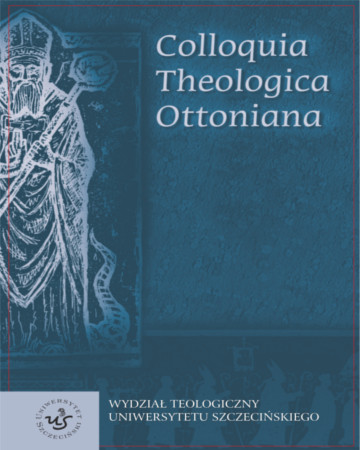Mózg i umysł zwierząt
Brain and mind of animals
Author(s): Wiesław DykSubject(s): Social Sciences
Published by: Wydawnictwo Naukowe Uniwersytetu Szczecińskiego
Keywords: intentionality; speech of animals; awareness; moral participation; sensual soul
Summary/Abstract: The structure of the human brain can be divided successively stacked layers: the lizard brain (it is possible to breathing, eating and sleeping), dog brain (the ability to create a hierarchical society) and evolutionary novelty as the human brain (the ability to abstract thinking). Human neocortex is thicker than in animals. In addition to the thickness of the neocortex, in humans it is more wrinkled than in animals. Another difference in favor of the human brain is the size and perfection of the developed frontal lobes, which contribute to a larger memory. The frontal lobes make people’s focus on general images, creating general concepts and schemes, but reduce the capacity to perceive details, detailed and unique data, pure sensory stimuli. The perception of detail is appropriate for the animal world. Therefore, the animal EEG is not different from the human, so this is a basis for the adoption thesis that the animals have a conscious thoughts in the context of fragrances, touch and taste. Animals also think figuratively, but in man there is a higher level of general intelligence. This results in human life, that instead of looking for work first over-generalizations, principles and operating standards. Human thinking relies on language, thinking and animal assisted the (phonetic speech) music issued votes. For verbal and musical language corresponds to part of the brain called Broca’s center. Development of verbal language has enabled the evolution of the frontal lobes. More specifically, the left hemisphere is responsible for language word. Among philosophers, there is discussion on the issue of consciousness is not only depending on the structure of the brain, but also in search of a more detailed conditions. Important place in this quest is “intentionality”, which is a reference between the mind and the real world. Between the mind and objects stand out as constituting an entity referencing content. Thus intentionality and content references form the basis of the search for consciousness in animals. These two components in humans and animals are the cause of automatic response and action. In humans, language expression and language of thought varies greatly. People abide by the outside world into their idea of what you do not do animals. Regardless of the resulting differences is assumed that is the basis of raising intentionality in both animals and humans. However, among animals intentionality and consciousness are consistent, in a human environment, this consistency is only a dream. Due to the convergence of the evolutionary development of the brains of animal and human behavior as the basis, I suggest that instead of “moral objectivity” to accept the thesis “participation animal morality” in morality. Recognize moral principles, forms a system of concepts, but does not set a man. Much has been written about the possibility of the evolution of the human soul with a sensual animal soul. In this article, I give it a discourse on the spirituality of the soul transcends natural.
Journal: Colloquia Theologica Ottoniana
- Issue Year: 2014
- Issue No: 2
- Page Range: 91-108
- Page Count: 17
- Language: Polish

